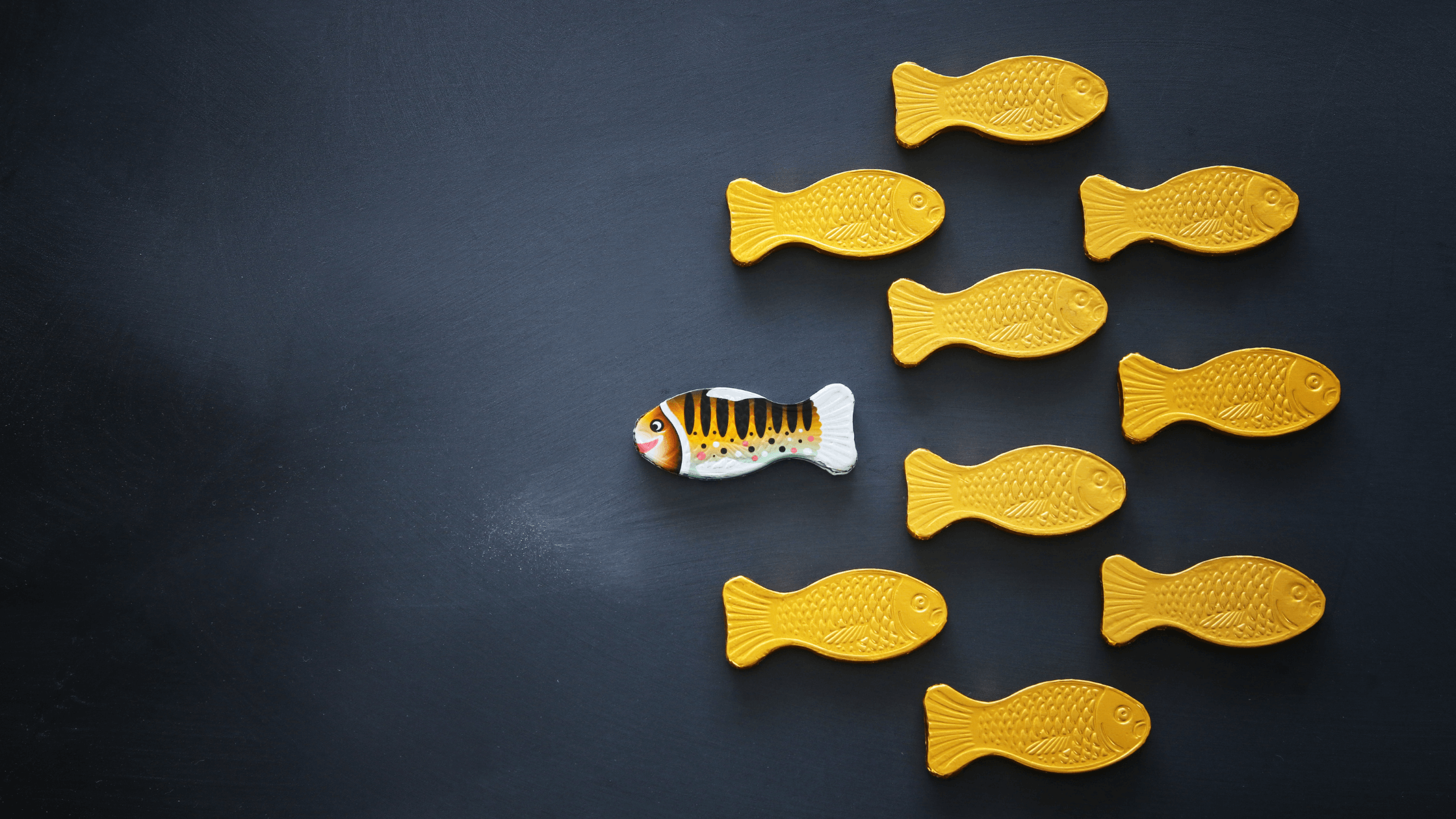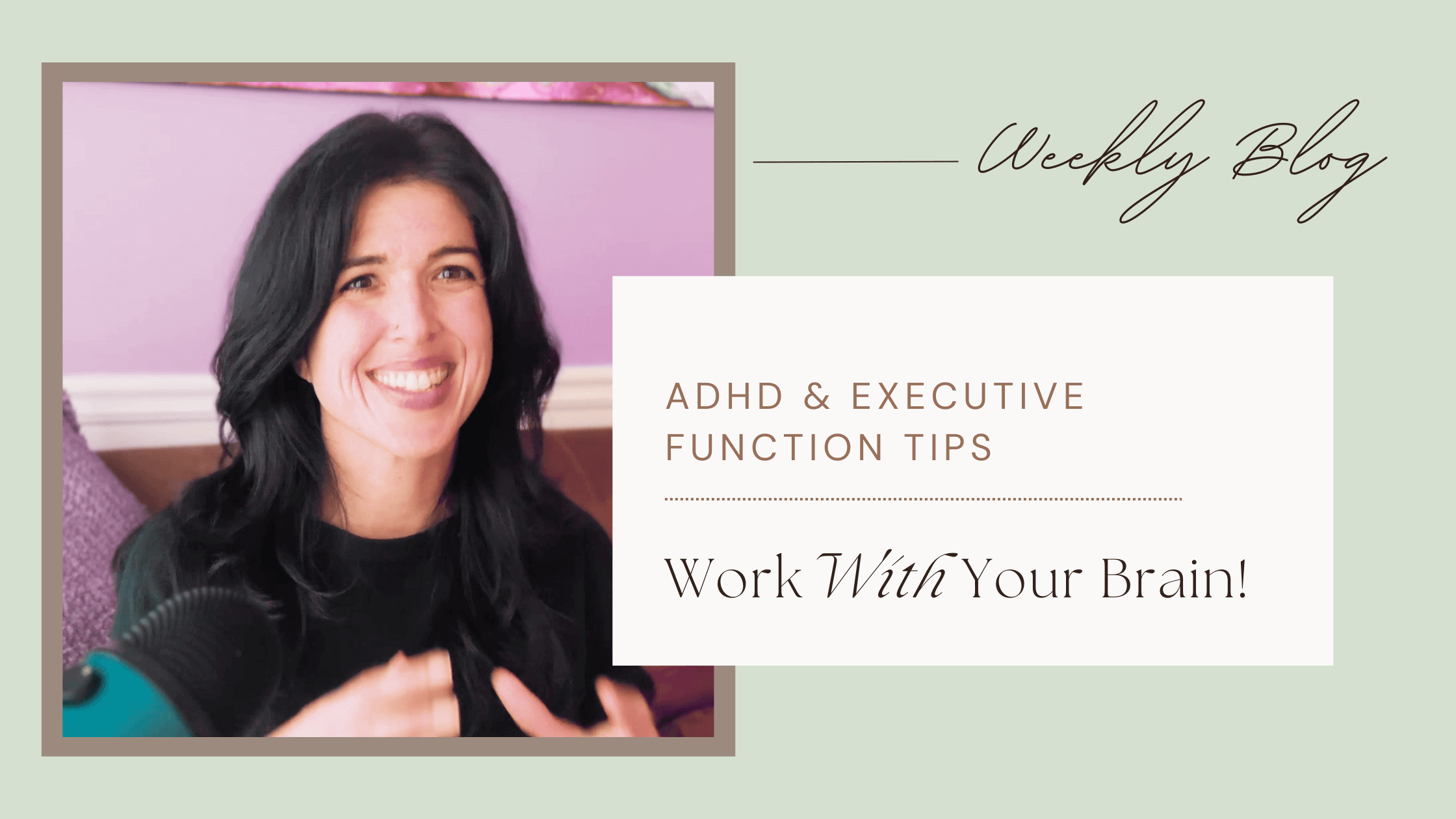
Managing everyday tasks with ADHD can take so much more effort than we think it should! Living with ADHD is like driving a manual transmission vs. an automatic. This isn't about which brain "version" is better or worse—it's about understanding that you may need to learn how to consciously "shift gears" when others do it automatically. This DOES take more effort in the beginning, but once you master your own system, it becomes second nature! Learn how to stop judging yourself and find the strategies that work for YOUR brain!
When I work with clients who have ADHD, I often use a simple analogy: your brain is like a car—and for many of us, it’s a manual transmission. Let me explain.
Two Kinds of Brains, Two Kinds of Cars
Think about driving an automatic car. You get in, start the engine, and go. Whether you’re heading up a hill, merging into traffic, or cruising along, the gears shift smoothly behind the scenes. You don’t have to think about it—it just happens.
Now, imagine driving a manual (stick shift). You have to feel the road, listen to the engine, press the clutch, shift gears, release, adjust—constantly. It’s not worse—it just takes more effort and awareness.
That’s what it can feel like to live with ADHD.
Executive Function and Mental Gear-Shifting
People with neurotypical brains often operate like someone who is driving an automatic transmissions. Their executive functioning skills like prioritizing, sequencing, initiating tasks, regulating focus—are handled unconsciously. For someone with ADHD, those same tasks might require more "manual" effort.
Every decision, transition, or new task can feel like shifting gears... uphill.
Many of us judge ourselves harshly for needing more support or structure, but if your brain needs a few more steps to shift gears, that doesn’t make it broken—it means it operates differently.

“So You Teach People to Make Lists?”
Recently, someone asked what I do as an ADHD coach. When I explained, she looked bewildered and said, “So… you teach people to make lists?”
Ouch. As annoyed as I was with her response, I also understood that those driving cars with an automatic transmission may not understand all that their brains do automatically!
She wasn’t trying to be rude. She just drives an automatic transmission. She doesn’t realize that making and using a list requires a complex combination of executive skills like:
- Task initiation
- Prioritization
- Working memory
- Attention regulation
- Follow-through
For her, that process happens effortlessly. For someone with ADHD, it’s a multi-step skill that may require practice, tools, and coaching.

Manual Isn’t Bad—It’s Just Manual
You can absolutely learn how to “drive” your ADHD brain well. You can:
- Build systems that support your executive function
- Use tools like dump lists and visual time cues
- Work with your brain instead of against it
And once you’ve practiced enough? Those once-difficult steps become smoother, even automatic over time. That’s the beauty of learning how your brain works—you stop stalling out and start moving with confidence.

People May Not Get It—And That’s Okay
If someone doesn’t understand your challenges, it may simply be because they’ve never had to think about them. They don’t see the gears shifting under the hood, because they’ve never had to.
It’s not always worth your energy to explain—but when someone’s curious and wants to learn, it can be a powerful opportunity for connection and understanding.
Just know: you don’t owe anyone an explanation to validate your experience. Your brain isn’t wrong. It just shifts differently- and it takes time to learn how to manage that.
What Next?
If this analogy resonated with you and you want practical tools for “driving your brain” more smoothly, 👉 Check out this video on overcoming overwhelm using my favorite dump list strategy.
Need more support ?
I can help.























0 Comments